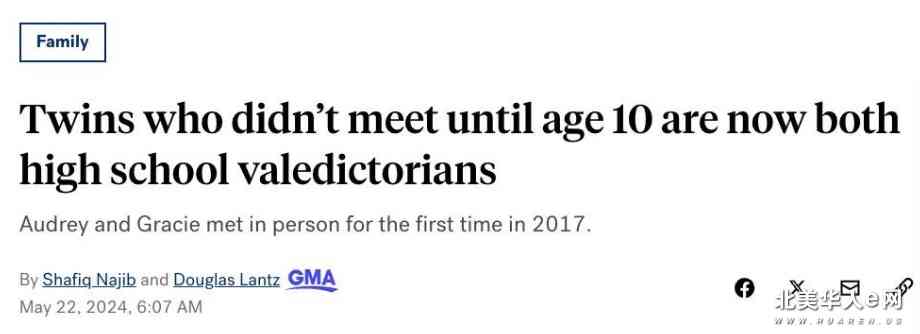When a Black Man’s Heart Was Transplanted Without Consent
THE ORGAN THIEVES The Shocking Story of the First Heart Transplant in the Segregated South By Chip Jones In May 1968, the family and friends of Bruce Tucker, a 54-year-old African-American factory worker, became worried after he failed to come home from work. When they finally got a cryptic phone call from a friend who had seen Tucker being rushed into an operating room at the Medical College of Virginia, they made their way to the hospital, only to find out he had been taken there with a head injury and had since died. It was the funeral director, not hospital staff, who alerted Tucker’s family the following day that his heart and kidneys were missing. Tucker’s heart had been implanted into the chest of Joseph Klett, a retired 54-year-old white man, and one of the first patients to receive a heart transplant in the United States. Virginia law required that at least 24 hours elapse between determination of death and declaring the body to be abandoned by family. But in Tucker’s case, the surgeons needed to harvest the organs while they were maximally viable for transplantation and ignored this rule, instead invoking the novel concept of “brain death.”
The hospital staff insisted that they had done everything to locate Tucker’s family to obtain consent, even speculating that no one was claimed him in order to evade the cost of his care. The future Virginia governor L. Douglas Wilder, then a Richmond lawyer in private practice, represented the Tucker family in a case against the Medical College of Virginia that excluded African-Americans from the jury and ended in victory for the hospital and the researchers involved in performing the transplant. In the hands of some writers, this would have become a powerful narrative, weaving one family’s tragedy into a nuanced panorama of race, medical innovation and ethics, scientific ambition and the law. But Chip Jones’s “The Organ Thieves,” which tells the story of what happened to Bruce Tucker, disappoints, with its pedestrian language, telling omissions and hagiographic portrayals of medical actors. Image

Jones doesn’t stop to interject at key moments in the narrative. To take one example, researchers rationalized their treatment of Tucker by thinking of him as a “charity” patient, the kind charged less for substandard care in rat-infested segregated wards in exchange for being conscripted into research. Such coercion is and was unethical, and should not just be treated as another story detail.
Moreover, it should have been made abundantly clear that no amount of money could have bought an African-American a bed in a standard ward. Medicare had enforced hospital desegregation via the 1964 Title VI of the Civil Rights Act, but de facto segregation and health care bias lingered, even in the North. Image

L. Douglas Wilder in 1978.Credit...
Richmond Times-Dispatch What happened to Tucker matters for reasons far beyond the appropriation of one man’s organs. In the 19th century, Black patients received care at medical schools, clinics and hospitals by serving as “teaching material,” and the appropriation of Black tissues, organs and bodies was commonplace. In Virginia, limbs were removed solely to train medical students in amputation technique. “Bones in the Basement” by Robert Blakely and Judith M. Harrington documents post-mortem racism and Michael Sappol’s “A Traffic of Dead Bodies” discusses the theft of African-American cadavers to spare whites the indignities of serving as anatomical training. This extended to northern schools such as Harvard that contracted with Southern institutions to buy Black bodies. The author describes some of this key history of body appropriation, but fails to engage with the ethics of these practices, explaining away the moral lapses of researchers as a result of systemic racism and professional ambition. In the 1950s, “for investigational purposes,” researchers at the Medical College of Virginia deliberately inflicted third-degree burns on the skins of 100 patients a year at Dooley, a charity hospital for Black children, and at St. Philip, its sister hospital for Black adults.
Racism enabled the appropriation of Black bodies. But there is a slew of complex ethical questions that this case also demands we ask: Shouldn’t a patient or his family be entitled to informed consent, in which all implications related to surgery be shared? With Black donors having borne the brunt of the risks and benefiting least from a new technology, do we need to bring the lessons of distributive justice to our thinking about transplantation? In apartheid South Africa, transplants mirrored Virginia’s racial disparity as white patients received organs from Blacks, but Blacks received none from whites. How did the policies of both nations drive this inequitable distribution? But the book fails to engage with such questions, and Jones avoids grappling with them by claiming there were no ethical strictures governing medical practice and research at the time. “In the 1950s and 1960s,” he writes, “doctors and academic medical centers enjoyed so much prestige and authority that they often operated virtually unchecked from outside supervision. The notion of ‘informed consent’ was ‘nonexistent.’” He is not the first writer to voice this fiction, sometimes deployed by apologists to normalize the abysmal treatment of African-Americans. Far from being “nonexistent” in the 1950s and 1960s, the term “informed consent” — which describes obtaining consent that is predicated on conveying specific information about risks, benefits, known side effects, intention, design of and alternatives to medical studies and procedures — first appeared in the 1957 landmark decision in Salgo v. Leland Stanford Jr. University Board of Trustees. However, as early as 1900, the Virginia native Walter Reed observed formal procedures for obtaining the informed consent of his yellow-fever experimental subjects. In 1914, Schloendorff v. Society of New York Hospital used rights of self-determination to justify mandating consent from patients. A 1946 Atomic Energy Commission memo strictly mandated a higher degree of informed consent than even current American law requires, and that year, the Judicial Council of the American Medical Association also established widely disseminated standards for the protection of human subjects, including voluntary consent of the subject, previous animal experimentation and “proper medical protection.” Instead of engaging with questions of transplantation ethics based on documented history, the author focuses on fictional accounts, extensively invoking the fantastic Gothic writing of Edgar Allan Poe and African-American myths about “night doctors” who steal bodies. Unfortunately, he doesn’t illuminate how the myth relates to the documented bodysnatching from Black cemeteries by doctors, an elision which consigns warranted African-American fears to the realm of horror stories and folklore.
This ahistoric approach is most dismaying, especially in light of telling errors that stud the narrative. The author writes, for example, about the infamous Tuskegee syphilis study that the United States Public Health Service “recruited hundreds of African-American men and gave them the painful, fatal disease.” This claim is untrue. Although researchers have injected Americans with gonorrhea, syphilis and other venereal diseases on at least 40 occasions since 1892, the study recruited 399 African-American men who already had been diagnosed with syphilis and promised them treatment. Even a cursory look at the pertinent history, including some titles in this book’s bibliography, would have prevented Jones from making this error. “The Organ Thieves” tells an important story passably well, but its evasions and occasional missteps hobble its power to illuminate. Harriet A. Washington is the author of “Medical Apartheid: The Dark History of Medical Experimentation on Black Americans from Colonial Times to the Present” and of the forthcoming “Carte Blanche: The Erosion of Medical Consent.”
THE ORGAN THIEVES The Shocking Story of the First Heart Transplant in the Segregated South 










 L. Douglas Wilder in 1978.Credit...
L. Douglas Wilder in 1978.Credit...